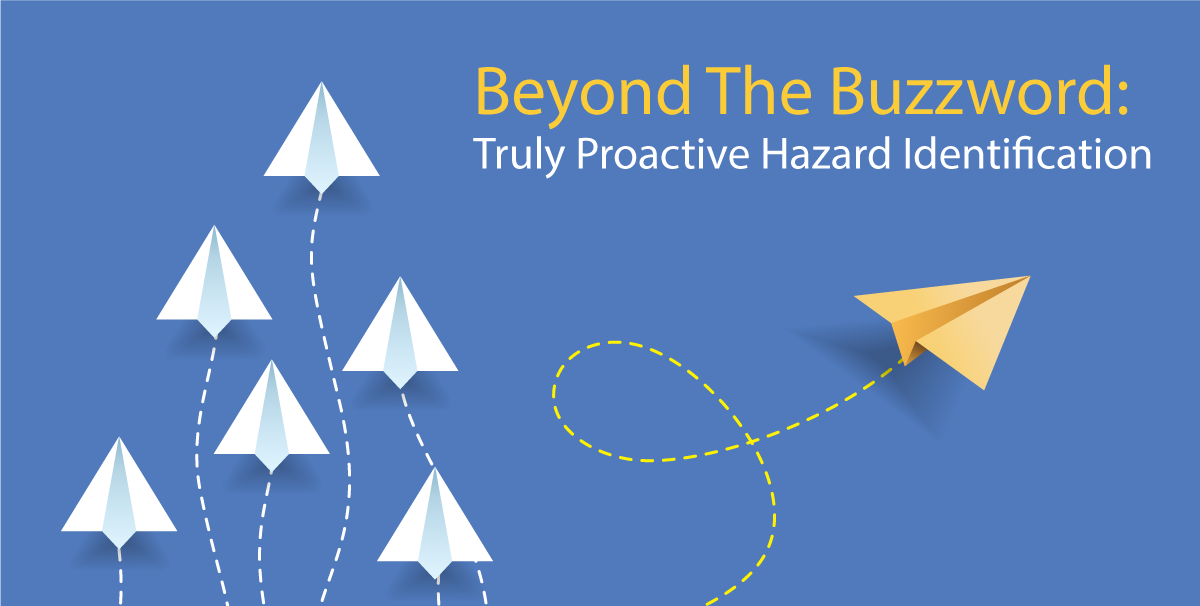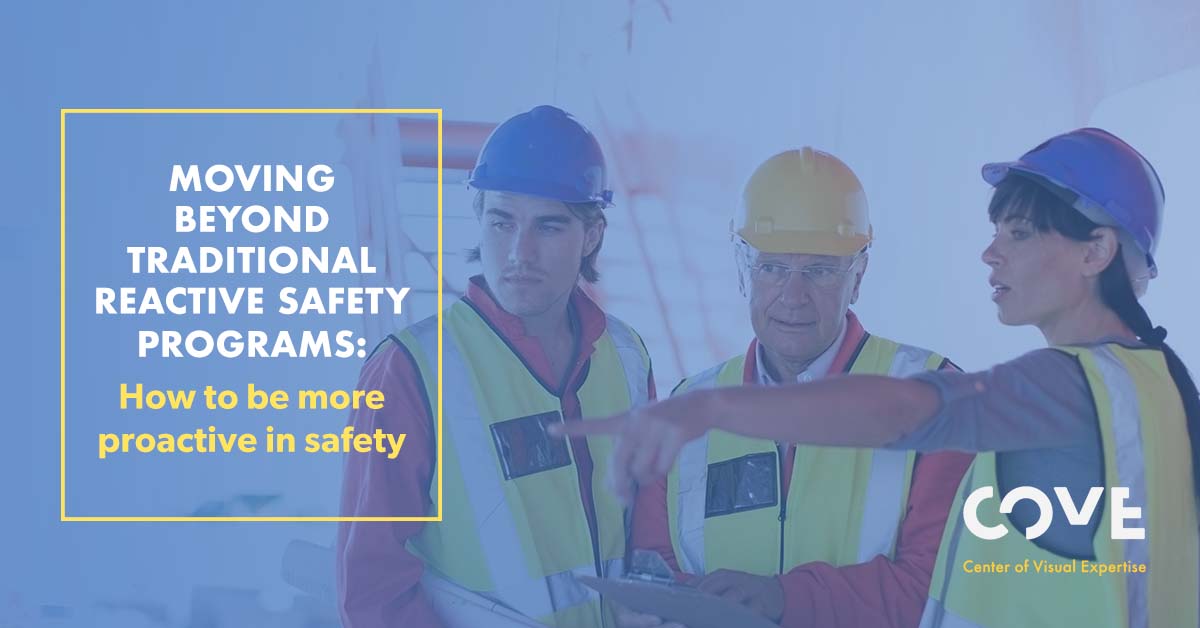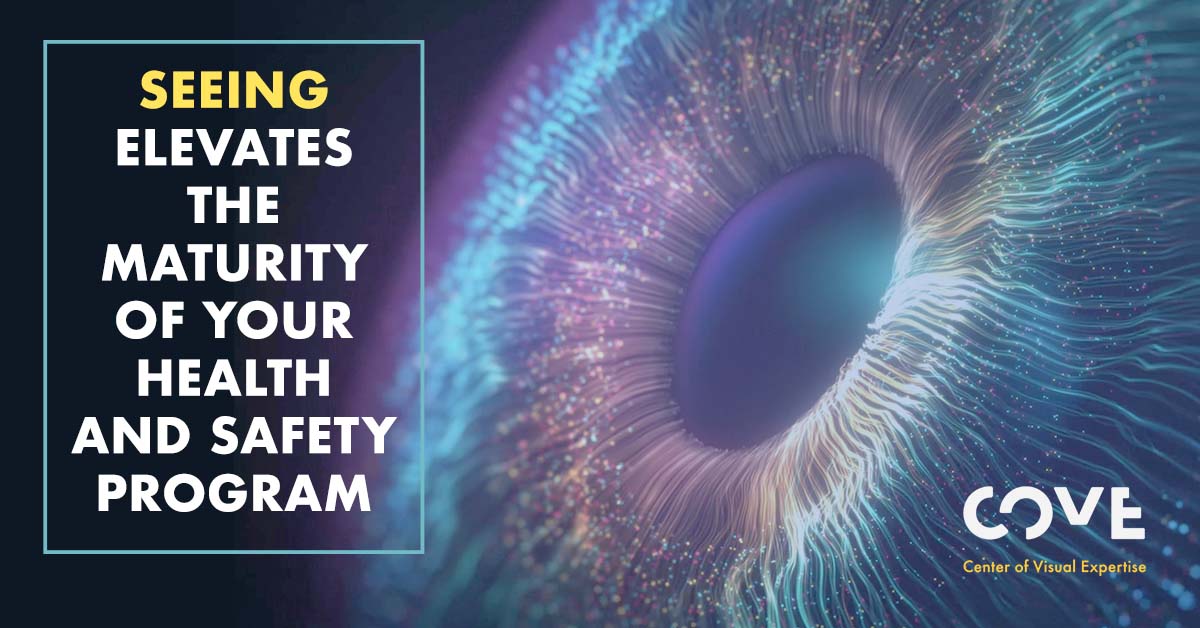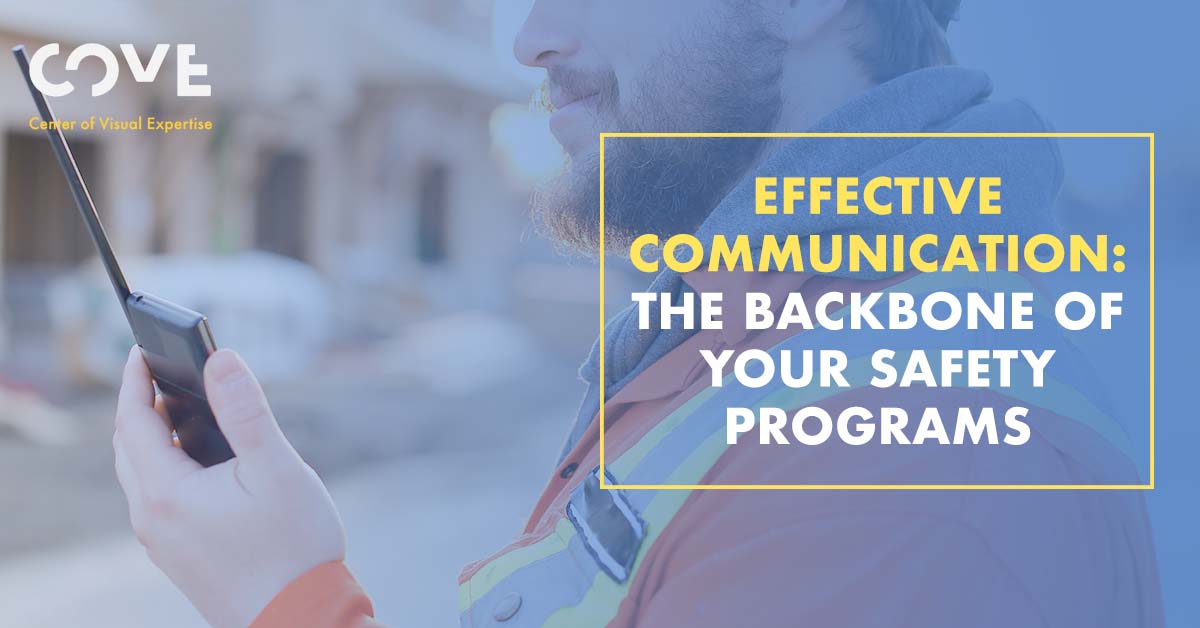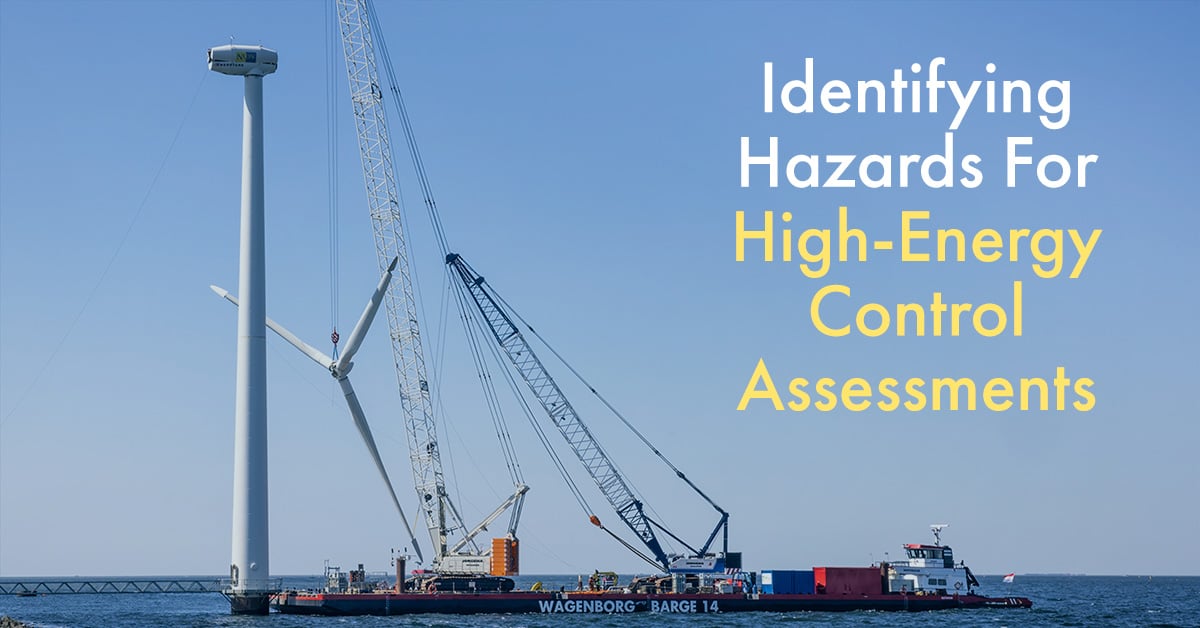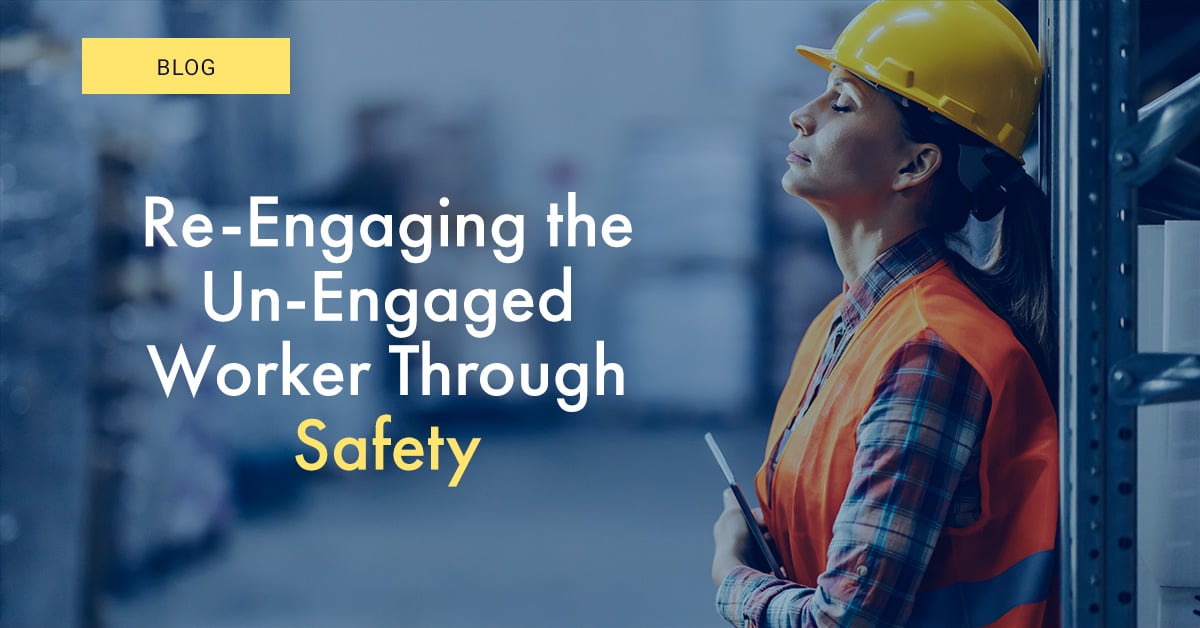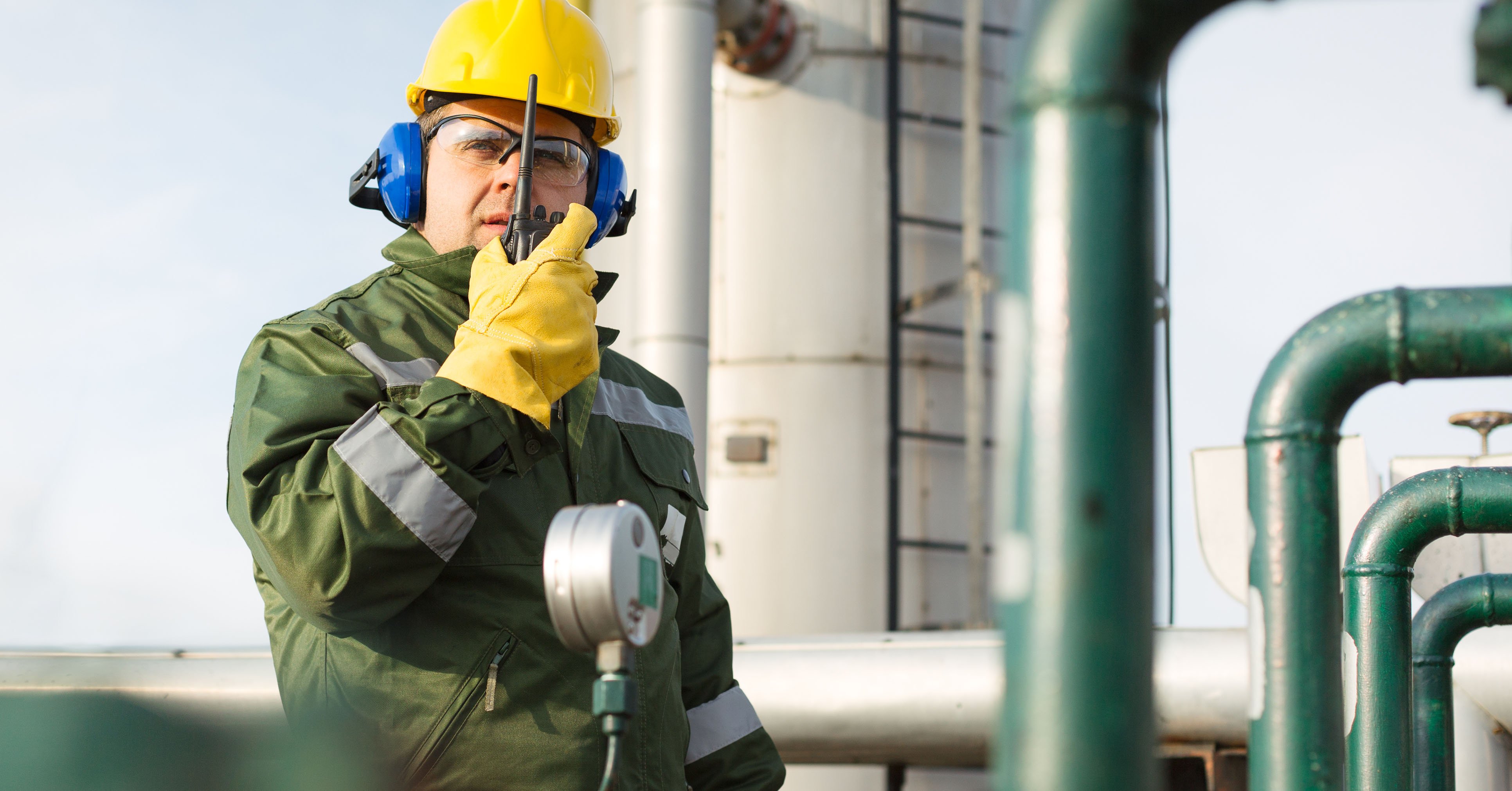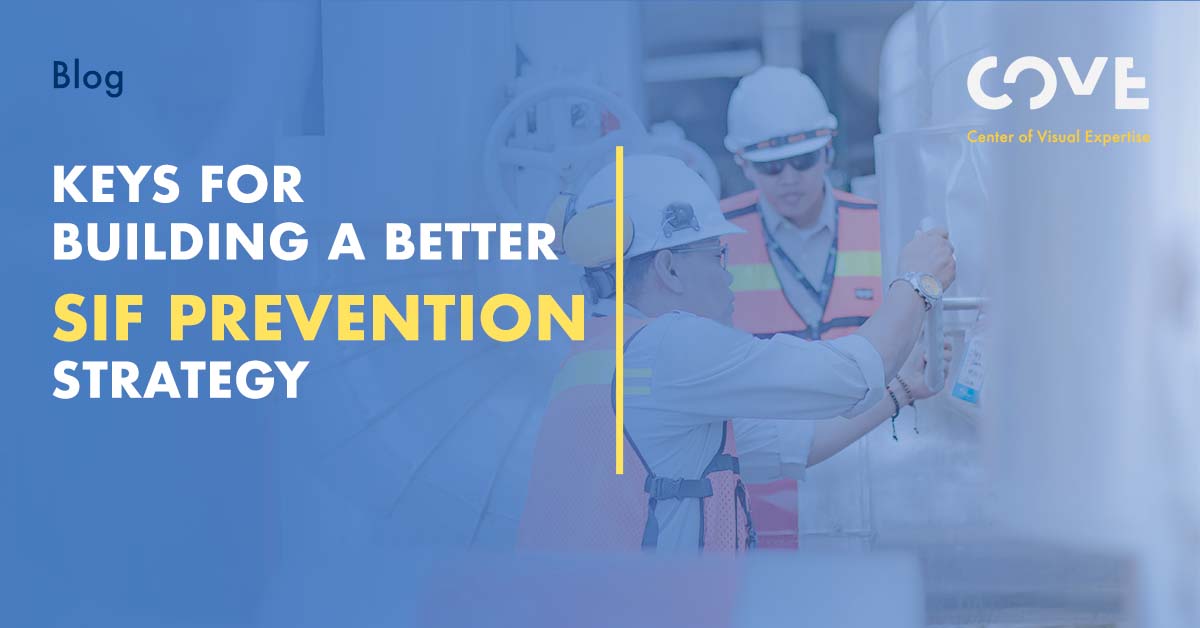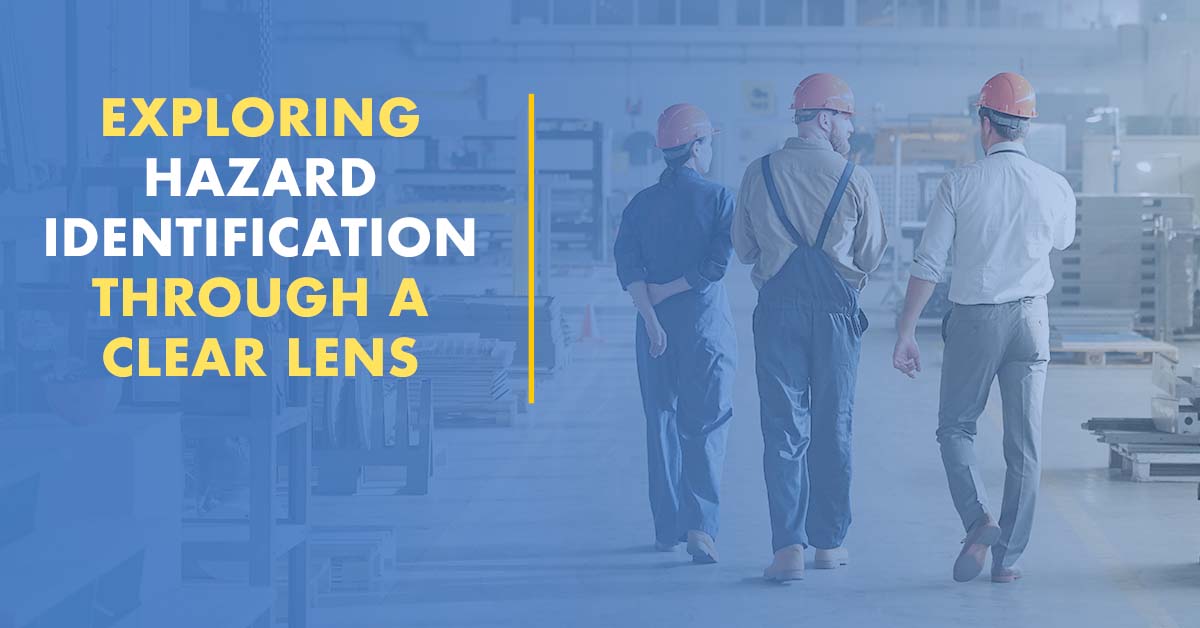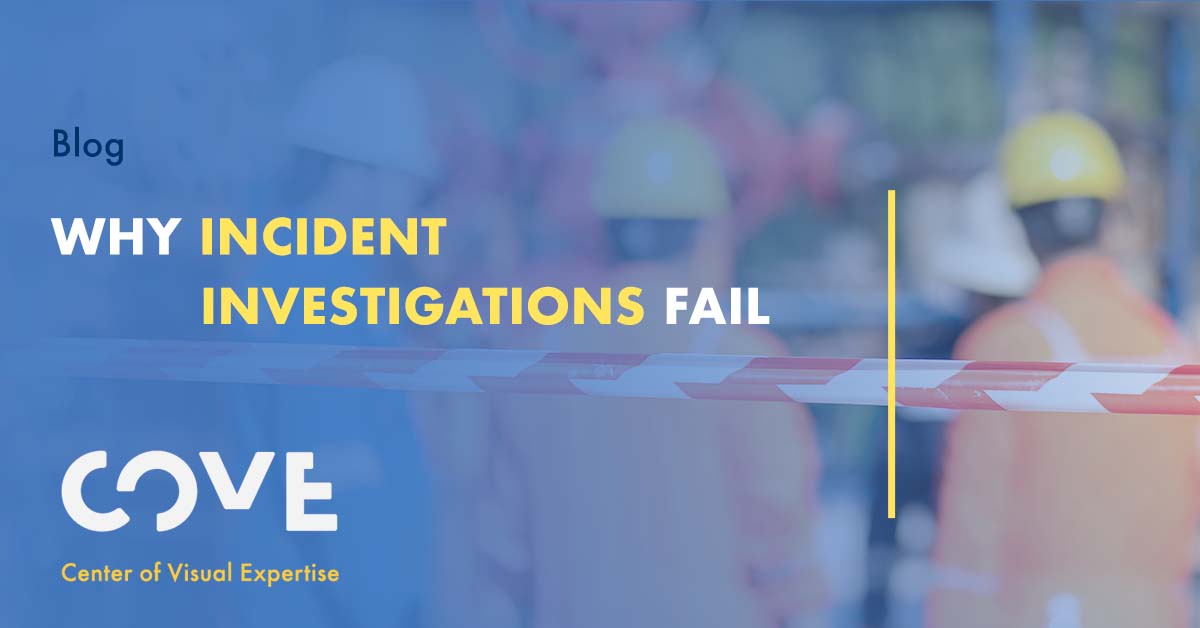By Dave Johnson on Feb 9, 2023 1:45:00 PM
Enterprising. Take charge. Energetic. Dynamic. Effective. Efficient. Highly-functioning. Who wouldn’t want to be described in this way performing safety tasks?
What team, shift, department or company wouldn’t want to be known as in control and causing positive things to happen; firing on all cylinders; on top of it?
We’re talking about individual workers and groups of workers who:
- Take responsibility, realize their responsibilities, don’t wait to be told what to do
- Understand they cannot see with their own eyes all the myriad parts of their work environment
- Cooperate and collaborate with co-workers for mutual benefit
- Discover synergy allows the group to see things jointly that are much more likely to be missed individually
- Listen closely to understand what a co-worker sees, describes, assesses and communicates
- Enjoys the opportunity to renew and refresh old safety practices with new processes, a new language, and new questions.
Bringing energy and innovation to proactive safety
We’re describing definitions for proactive safety behaviors, mindsets and activities.
Safety professionals in industry have understood the link between proactive measures and better safety outcomes for some time. The benefits of leading indicators tracking proactive activities instead of counting injuries, fatalities and near misses – looking in the rear-view mirror – have been touted for decades.
Proactive safety has long been a buzzword – a promise -- in the profession:
- “Companies are going to have to be more proactive about environmental management.”
- “Adopt Proactive Measures to Maximize Workplace Safety”
- “Proactive Safety Management Now Saves Companies Later”
- “Proactive companies are moving ahead with ESG and DEI”
Easier said than done. OSHA has adopted no leading indicators to measure proactive safety performance. Companies experiment with them; few have embedded them in their systems. Countless times companies or workplaces invest resources in safety systems and procedures after an incident. After pain and suffering. After a phone call to a victim’s family an executive swears never to make again. After the loss of time, money and perhaps reputation. Many plants fly “Safety First” banners – a proactive rallying cry – yet many senior leaders only want to know if the incident rate is better than last year. Supervisors often blame workers for lacking safety awareness. Training programs are frequently delivered by rote, year after year. Housekeeping doesn’t clean combustible dust off floors, walls and machinery. Rulebooks and policies gather dust on shelves. Audits and inspections often are hurried, check-the-boxes pencil-whipping exercises.
Want to be proactive? Start with hazard identification.
Being proactive to keep workers from harm and equipment and reputations from damage is easier to implement than many assume. It doesn’t cost six-figure consultants-to-the-rescue fees to be enterprising, energetic, dynamic, and innovative. A good starting point is one of the oldest safety practices, one often done before each shift, when new equipment arrives, and while work is being performed – hazard identification.
Hazard identification and assessment is a core element of recommended practices to implement a safety and health program. Setting aside time to regularly inspect the workplace for hazards will identify exposures and injury triggers so they can be addressed before an incident occurs. That’s being proactive. Conduct regular audits, hazard hunts, walkarounds of all operations, equipment, work areas and facilities. Engage workers, who know the workplace best, to participate and they will report, describe and assess hazards that they see. All they need is to be trained in how to see.
In today’s visual age, Visual Literacy is being increasingly used to give workers critical thinking abilities that enable them to question, analyze, interpret, evaluate and make judgments about the images they see. In the visual age it’s all about images. Hazards, after all, are images. It’s impossible to proactively find, assess and mitigate a multitude of hazards without training in visual acuity and critical thinking. Deep, probing critical thinking is essential for a proactive safety mindset. Proactive is seeing ahead, objectively, without cognitive biases.
Reactive safety is looking behind. You can question, analyze, evaluate and make a judgment about what happened. It’s called an incident review. The damage has been done and you’re trying to determine why.
The Center of Visual Expertise (COVE) presents workshops for seeing better in the workplace. COVE’s innovative Visual Literacy curriculum is based on the expertise of the Toledo Museum of Art in teaching people how to see and extract meaning from works of art more completely. Most industrial workers, construction workers, workers of all stripes are not trained in how to see better. Seeing better, with more clarity, confidence, and being able to accurately describe and document what you see, is the foundation of proactive hazard identification.
Individually or in teams, workers fan out in hazard hunts, audits, scouting or recon patrols – before any incident has occurred – to deconstruct a work environment without habituation (sense of familiarity). Deconstructing a work environment can employ elements of art – applying color, lines, shapes, spacing and textures – to spot spills on floors, electrical cords snaking across aisles, blocked exit doors, missing fire extinguishers or machine guarding, poor lighting, chemicals in unmarked containers, missing welding screens. These often-hidden hazards are discovered by seeing better using a critical eye.
Often hazards are passed by workers every day, hundreds or thousands of times over the years, without notice. This is the habituation factor. Habituation – familiarity leading to inattentional blindness -- is one of the cognitive biases Visual Literacy makes workers aware of. Biases cause blind spots, and proactive safety cannot afford blind spots. Proactive safety is dragged down by:
- Confirmation bias (“Workers take shortcuts. I’ve always seen workers take shortcuts.”);
- Hindsight bias (”Oh I knew that hazard was there all along”);
- Self-serving bias (“I missed that hazard because I wasn’t trained well”);
- Anchoring bias (“I learned a long time ago most hazards are minor”);
- Availability bias (”I know the reality of how things really work around here. Been here 40 years. You don’t have to tell me.”)
It's time to make proactive safety more than a buzzword. Visual Literacy strengthens one of the most basic proactive safety endeavors – hazard identification – by giving it structure, employing critical thinking, and making use of a common language. All these benefits enable/empower workers to see with more clarity, describe what they see, analyze and interpret its meaning, and communicate action steps to mitigate the hazards.
This identify, prioritizing and mitigating hazards should been accompanied by documenting how many hazards have been identified, how many have been mitigated over a certain period of time, and being able to make quarter to quarter, year to year comparisons of total hazards identified and mitigated. Compare this leading indicator to lagging indicators, injuries or near misses occurring during the same time period, to establish the link between proactive activities and improved safety performance.
For the safety profession to move forward, hard evidence that proactive activities improve performance must be documented. Start with hazard identification.
